Quiz: Am I Gay?
○ DISCLAIMER
The quizzes and content on this website are designed for entertainment purposes only and should not be used as a basis for making personal decisions about your sexuality, gender identity, or any other life choices. These quizzes are not diagnostic tools and cannot determine your identity or orientation. If you're questioning your identity or need support, we strongly encourage you to seek guidance from qualified LGBTQ+ friendly professionals or counselors. Remember that your journey of self-discovery is unique and personal to you.
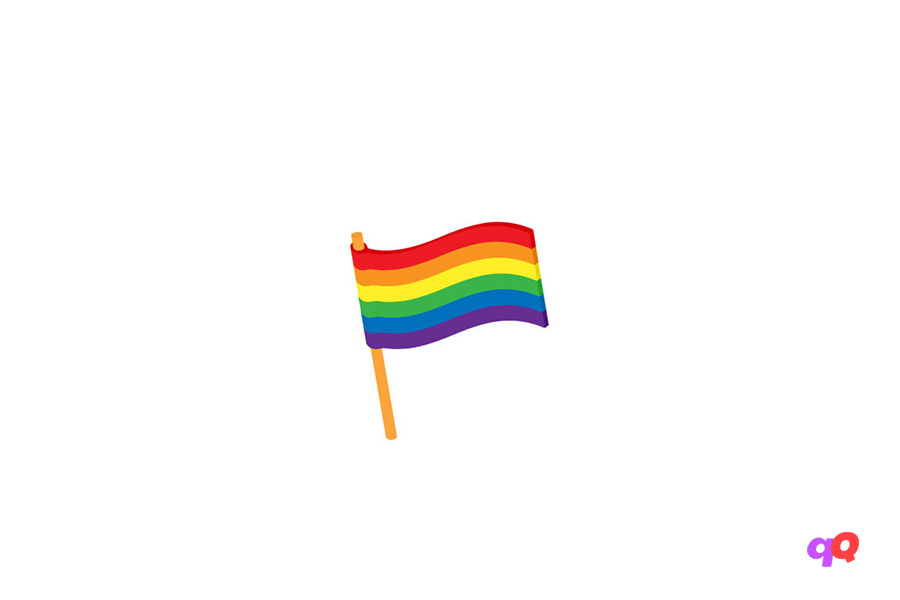
In a world where the number of labels for sexual orientation has already exceeded fifty, the simple question “Am I Gay?” might seem naive. But it’s precisely this naivety that makes it so important. Like a child’s first word or first step into the unknown, this question – and the quiz built around it – often becomes the beginning of a much deeper journey.
What Is Homosexuality?
The history of the term “homosexuality” dates back to the 19th century when Austro-Hungarian writer Karl-Maria Kertbeny first used it in his works in 1869. Initially, the term emerged in the context of fighting for the decriminalization of same-sex relationships in Prussia, which even then demonstrated the connection between scientific terminology and social changes.
Modern science offers a multifaceted view of homosexuality. Research in evolutionary biology shows that homosexual behavior is observed not only in humans but in many other species. For example, bonobos, our closest evolutionary relatives, use same-sex connections as an important part of social interaction. Penguins exhibit long-term same-sex partnerships, including joint egg incubation and chick rearing.
Recent neurobiological studies have revealed interesting patterns in brain function. For instance, research conducted at Stockholm University showed that brain activation patterns during romantic attraction have a similar nature regardless of sexual orientation. This suggests that the mechanisms of romantic attachment formation are universal.
About Our Quiz
In creating the quiz, we relied on a comprehensive approach to understanding sexual orientation. Modern science views sexuality as a multidimensional phenomenon that includes several components: emotional attraction, physical attraction, social identification, and behavioral patterns.
Each quiz question was developed considering the latest research in sexology and psychology. For example, we took into account the concept of sexual fluidity proposed by Lisa Diamond, which shows that sexual preferences can change over time, especially in women. Diamond’s research, conducted over ten years, showed that about 2/3 of women noted changes in their sexual preferences during this period.
Indicators Used in Creating the Quiz
In developing questions for the quiz, we relied on three key aspects that, according to modern research, play an important role in forming sexual orientation. Interestingly, these components often intertwine, creating a unique pattern for each person.
Emotional Attraction and Attachment
Emotional attraction is often the first sign people notice when exploring their sexual orientation. Research shows that emotional connection activates the same brain regions as physical attraction, particularly the ventral tegmental area and nucleus accumbens, known as the brain’s “pleasure centers.”
Interestingly, patterns of emotional attachment can vary depending on cultural context. For example, some Southeast Asian cultures have a tradition of deep emotional connections between members of the same sex that don’t necessarily have romantic undertones. This demonstrates how important it is to consider cultural context when interpreting emotional connections.
Physical Attraction and Sexuality
Physical attraction is a complex biological and psychological process involving multiple factors. Research in neuroendocrinology shows that various hormones, including testosterone, estrogen, and oxytocin, influence the formation of sexual attraction. However, their influence isn’t linear and can vary among different people.
Modern science has also discovered that physical attraction can exist separately from romantic attraction. Research on asexual individuals, who may experience romantic attraction without a sexual component, has helped better understand this dichotomy. This shows how complex the interaction between different aspects of human sexuality can be.
Social and Behavioral Patterns
Recent social studies debunk many stereotypes about the connection between behavioral patterns and sexual orientation. Large-scale research conducted at the University of California showed that interests, hobbies, and communication styles are distributed roughly equally among people of various sexual orientations.
Cross-cultural studies also demonstrate how social expectations and cultural norms influence the expression of sexuality. Some cultures have traditional roles that go beyond binary understanding of gender and sexuality, such as hijras in South Asia or fa’afafine in Polynesia.
The Process of Self-Discovery
Research in identity development shows that the self-discovery process often goes through several stages. According to Cass’s identity development model, people may go through stages of confusion, comparison, tolerance, acceptance, and pride. It’s important to understand that these stages don’t necessarily follow a strict order, and not everyone goes through all stages.
Modern research also shows that about 80% of people think about their sexual orientation at some point in their lives. This is a normal part of human development, as natural as exploring one’s creative abilities or professional interests.
Sexuality is a complex aspect of human nature that defies simple definitions or categorization. Each person is unique, and their experience of self-discovery is also unique. Our quiz is just one of the tools that can help in exploring one’s identity, but it doesn’t and cannot give definitive answers.
In the modern world, where information is becoming increasingly accessible and society more open to diversity, the process of self-discovery is becoming more comfortable. It’s important to remember that each person has the right to their own path and pace in exploring their identity.
○ Related Quizzes
Questions Overview
- Regularly switch search settings between M and F
- Firmly stick to the 'opposite sex'
- Look for 'only your own'
- Enabled 'show all' out of curiosity
- Complete discomfort
- Mixed feelings
- Excitement and interest
- Calm and neutral
- Photos of people of your gender
- Photos of the opposite gender
- Interesting personalities regardless of gender
- Unusual and creative looks
- Good thing this isn't our reality
- Wonder how this would affect my relationships?
- Sounds exciting!
- Finally everyone will understand my feelings
- About your strength or abilities
- About your uniqueness
- About your attractiveness
- About your sensitivity
- Automatically fix your hair looking at your reflection
- Check the prices of goods
- Look at both mannequins and your reflection
- Notice you're staring at the mannequins too long
- Depends on the mood of the song, gender doesn't matter
- Usually imagine the opposite gender, but there are exceptions
- Always imagine someone of your own gender
- Always imagine someone of the opposite gender
- Classic scents for your gender
- Try different ones without thinking about gender association
- Unisex fragrances
- Fragrances traditionally associated with another gender
- Never really thought about it
- In high school
- Recently
- In early adolescence
- A whole performance
- Minimal
- Depends on the topic of conversation
- Becoming more expressive
- Clearly distinguish between friendship and attraction
- Sometimes get confused about your feelings
- Consider the possibility of developing a relationship
- Often experience romantic feelings
- Discuss trendy hairstyles in detail
- Ask for 'the usual'
- Show photos of different people for inspiration
- Decide to try a bold experiment
- Automatically notice the opposite gender
- Evaluate the attractiveness of both
- Can't determine who attracts you more
- More often notice your own gender
- On all fingers and a couple more in reserve
- Only a wedding ring
- Strategically placed on certain fingers
- Recently bought your first one
- Charismatic leader with a cool character
- Character with an interesting story, regardless of gender
- Someone who resembles you
- Character whose appearance you like
- Walk in the front rows with a rainbow flag
- Observe from a café across the street
- Take photos for your art project
- Come 'to keep friends company'
- Accidental touch with an attractive person of the opposite gender
- Unexpected flirting that makes you think
- Special chemistry with someone regardless of their gender
- Special moment with someone of your gender
- Secretly glance at people of your gender
- Strictly follow your program
- Notice attractive people of any gender
- Sometimes find yourself looking where you usually don't
- Physical strength and technique
- Emotional expressiveness
- Energy and charisma
- Artistry and grace
- Discomfort and desire to look away
- Curiosity and interest
- Complete acceptance and happiness for them
- The same as when seeing heterosexual couples
- I already know everything about myself!
- Just taking it out of curiosity
- Interesting to find out where I am on the spectrum
- Maybe I'll discover something new

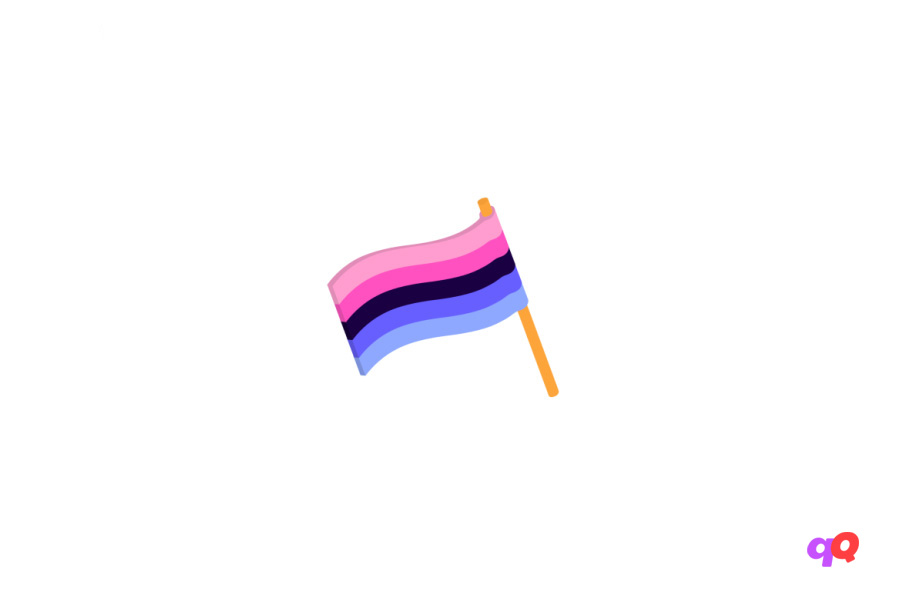
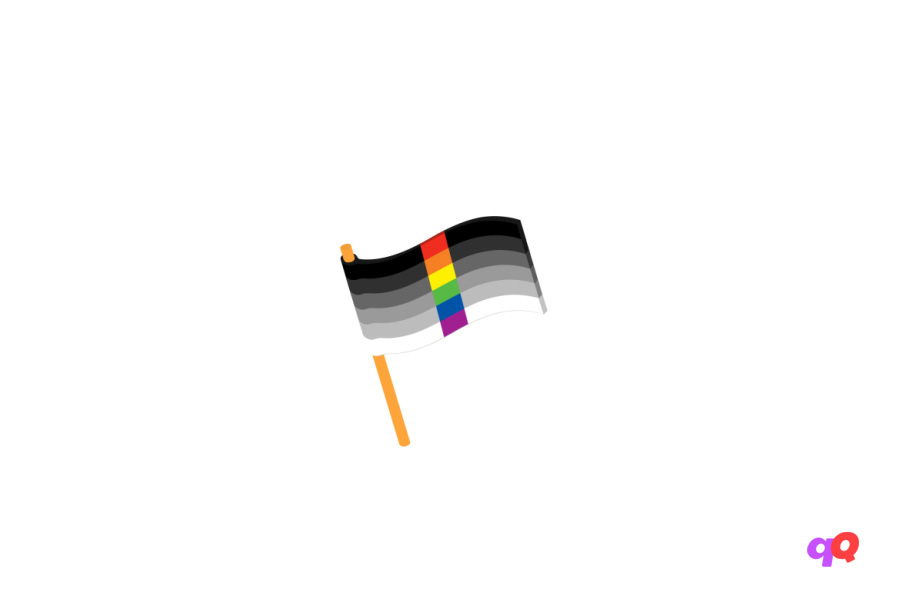


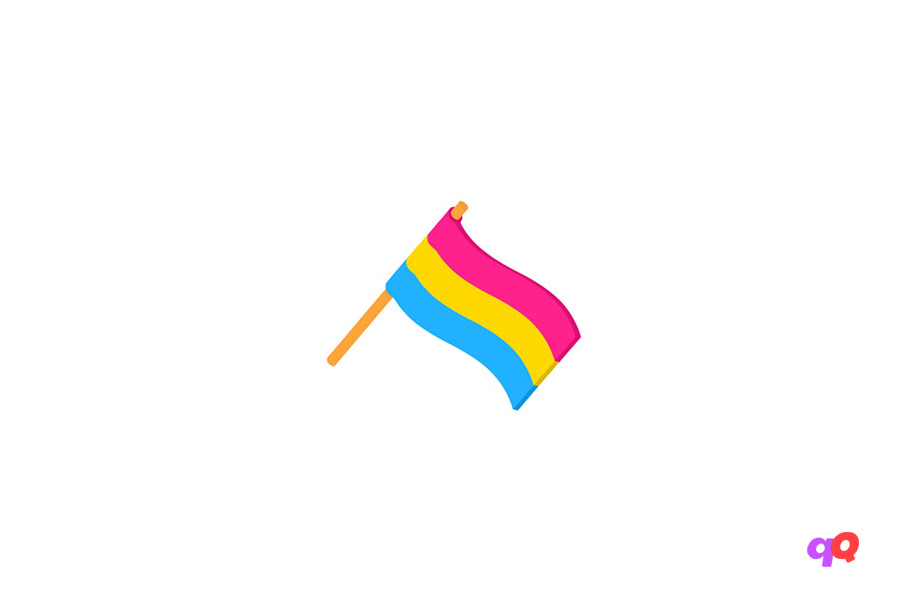
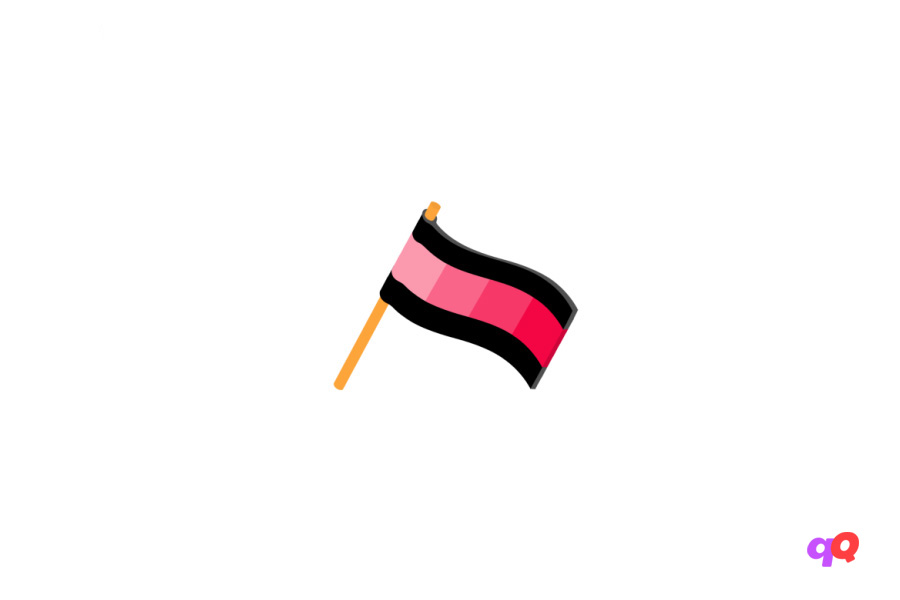
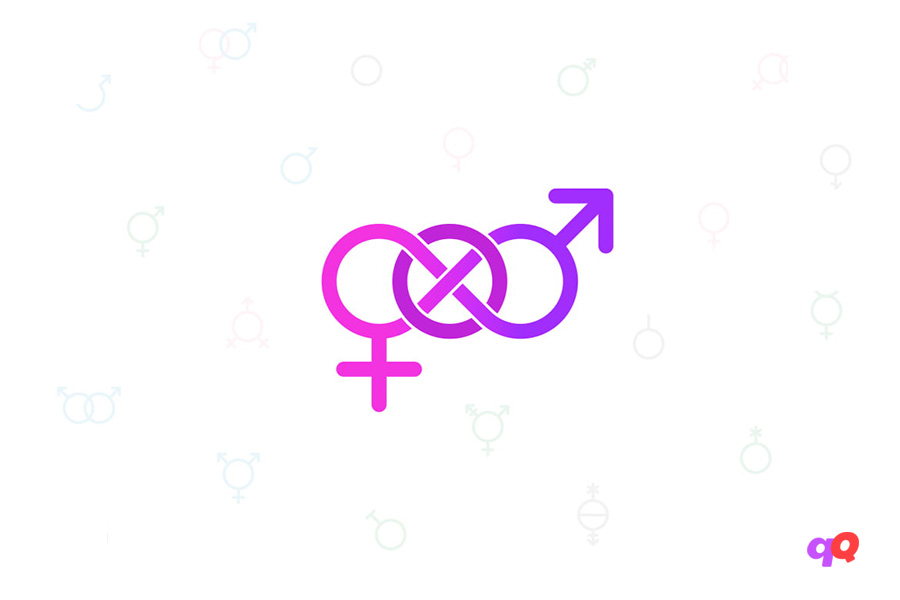
i’m not gay